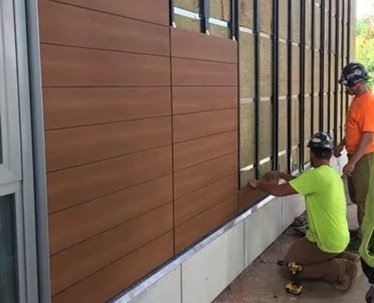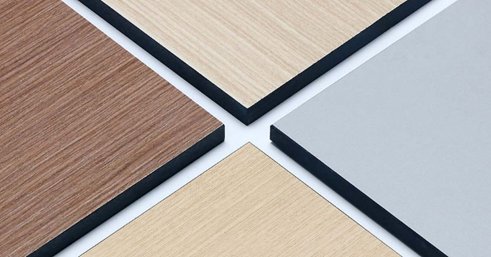
In the current era of continuous innovation and development in materials science, new materials are emerging in large numbers, bringing opportunities for transformation to many industries. As the core material of sandwich panels, plastic honeycomb panels, with their unique properties, are gradually showing their edge in fields such as construction, aerospace, and transportation. However, like everything else, plastic honeycomb panels are no exception. While demonstrating significant advantages, they also face some challenges.

The unique honeycomb structure of plastic honeycomb panels endows sandwich panels with excellent characteristics of being lightweight and high-strength. In the aerospace field, some new aircraft interiors use sandwich panels with plastic honeycomb panels as the core material, which greatly reduces the overall weight of the aircraft, ensures structural stability, and effectively improves fuel efficiency. In the construction industry, this lightweight characteristic reduces the load of buildings, providing great convenience for the structural design and construction of high-rise buildings. At the same time, the good sound insulation and heat insulation performance of plastic honeycomb panels are highly favoured. In the decoration of high-end office buildings, using such sandwich panels as partition and ceiling materials can effectively reduce indoor noise, maintain a stable indoor temperature, and create a comfortable office environment. Its excellent shock absorption and buffering performance, as well as high flatness, enable it to be widely used in the packaging and furniture manufacturing fields. It can not only protect products from vibration damage during transportation but also create a flat foundation for the surface of furniture.

However, plastic honeycomb panels, as the core material of sandwich panels, are not perfect. From the perspective of performance, their temperature resistance is limited, and their performance will be affected in a high-temperature environment. In terms of fire prevention, the flammable nature of plastic restricts its application in fields with strict fire prevention requirements, such as buildings and ships. Its puncture resistance is weak. If the handling and installation are not carried out properly, the honeycomb structure is likely to be damaged, affecting the performance of the sandwich panel. Moreover, the bonding problem with some panel materials also adds difficulties to the production and processing process.


Despite these shortcomings, with the continuous progress of material technology, researchers are actively exploring ways to improve it. For example, in terms of fire performance, the plastic honeycomb core can be combined with high-pressure laminate (HPL) fireproof panels to achieve flame-retardant effects, and it can also be combined with fibre-reinforced plastic (FRP) panels to enhance its puncture resistance. It is believed that in the near future, with the help of technological innovation, these shortcomings will gradually be overcome, and plastic honeycomb panels will play a more important role in the field of sandwich panels, injecting new vitality into the development of various industries.

